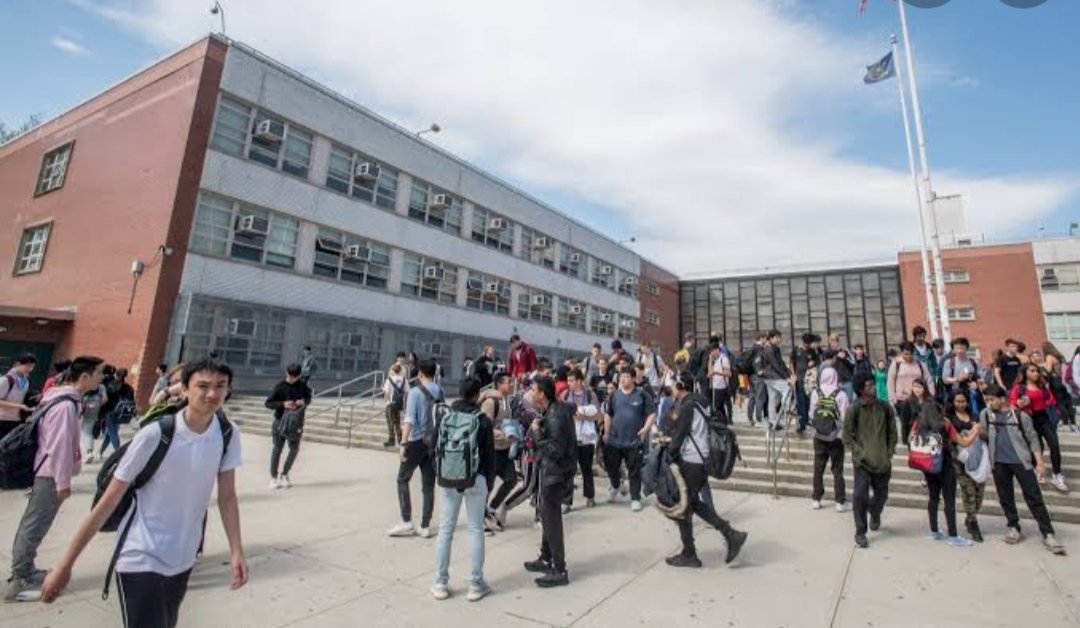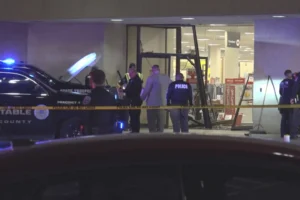NYC’s specialized high schools continue to admit few Black, Latino students

The low number of Black and Latino students admitted to New York City’s prestigious specialized high schools hasn’t budged, with those students making up just under 9% of offers for next year’s class, according to education department data released Wednesday.
The specialized high schools are widely considered the Ivy League of public schools in New York City.
However, they have long been starkly unrepresentative, with Black and Latino students making up only about 10% of enrollment, compared to about 66% of public school enrollment citywide.
The education department also released data that shows the number of applications to all city high schools is down significantly, amid declining enrollment during the pandemic.
About 74,000 students applied to public high schools in New York City, down from almost 78,000 the previous year.
With less competition for seats, more students were accepted into their top-choice schools, the city’s data shows.
About 50% of applicants were placed at their first-ranked school, up from 46% the previous year. And 75% of applicants were placed at one of their top three choices — up two percentage points from the year before.
Updated enrollment data released Wednesday also shows dramatic declines this year across other grade levels. The city’s public schools are now home to 827,944 students, excluding charter schools as well as pre-K, which has been expanding in recent years.
That figure represents a 6% decline since last school year and a 9.5% drop since the pandemic hit. Over the last 5 school years, K-12 enrollment is down 13% — or 122,867 students.
The lack of representation at the city’s specialized high schools has been the subject of fierce debate in New York City. Many blame the disparity on how students are admitted.
There could be more changes to the admissions process coming soon.
Along with the admissions data, Banks announced in a statement that the education department will share “preliminary” recommendations for additional tweaks and said that communities would have a chance to weigh in on the proposals.
“This is an ongoing process, and we will continue to work with families and partners as we institute improvements to the admissions process,” according to a statement from the education department.



